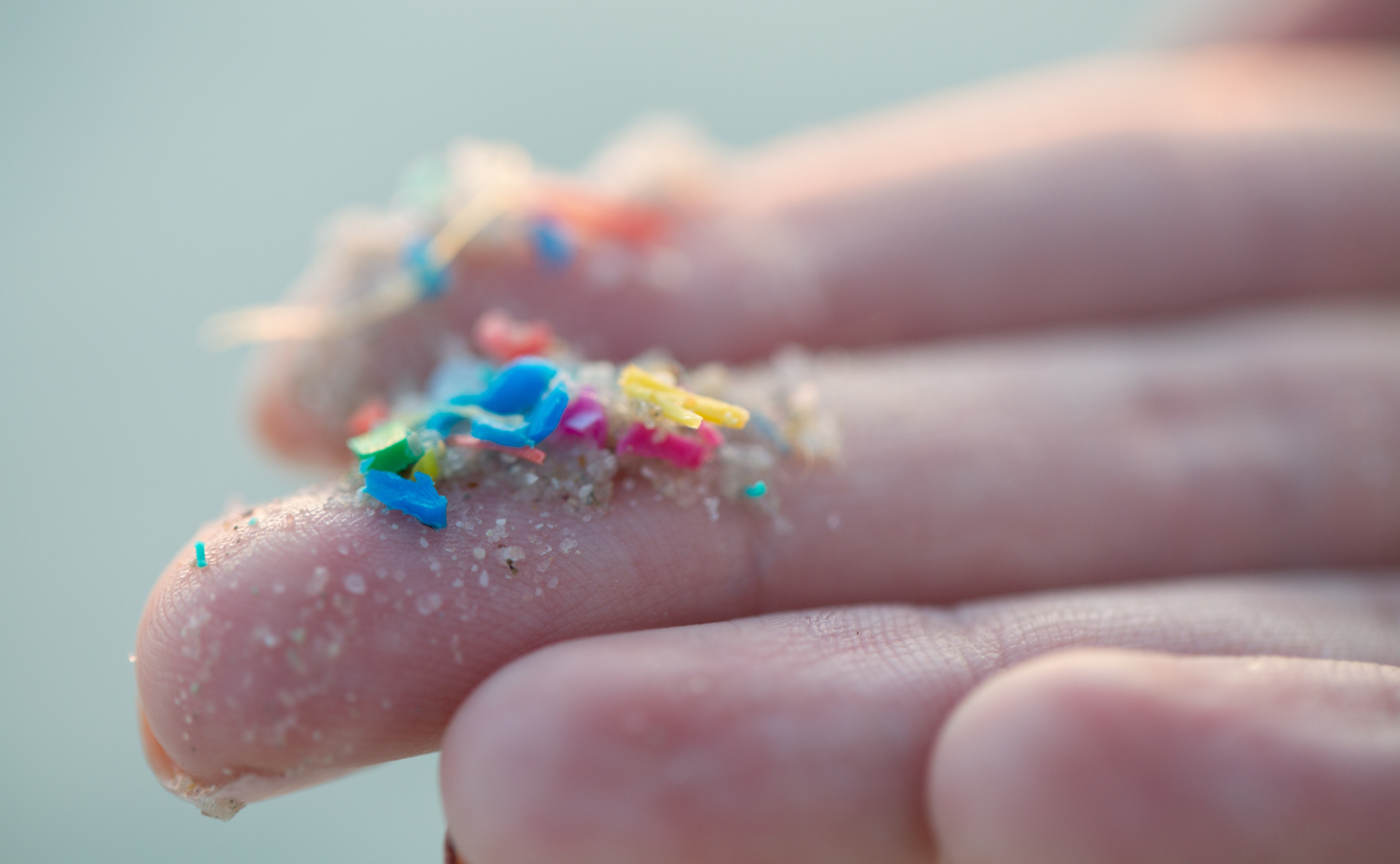In the last few years, we’ve only just begun to get a sense of how profoundly damaging single-use plastic is for our planet.
Of particular concern are microplastics, which are toxic fragments of plastic barely visible to the human eye. Microplastics have been found all over the world, in the most unexpected places, from the deep sea to the human bloodstream. Recent studies estimate that each week the average person consumes 5 grams of microplastics, which is around the weight of a credit card.
When I think about the implications of this terrifying, man-made phenomenon, it isn’t just the unpleasant thought of how we eliminate this plastic that troubles me. The potential health implications of the chemical load of plastics keeps me up at night, too.
Consider this question: Would you still use plastic products if you knew that they leached toxic chemicals into our food and water? Would you use plastic products if you learned that these chemicals are associated with countless health problems, including cancer, lower sperm quality, increased risk of diabetes, reduced IQ in children, altered brain function, and weakened immune systems?
These questions are understandably upsetting — but unfortunately, to use a painfully relevant climate metaphor, they’re only the tip of the iceberg when it comes to microplastics.
Today, some plastics are known to contain more than 16,000 chemicals. Many are considered hazardous by regulatory authorities; the vast majority have never even been tested for safety. Plastic use is so omnipresent that unsafe amounts of these toxins contaminate your blood and organs, including your brain. Microplastics are embedding themselves inside the bodies of your children and your pets, and even the bodies of polar bears and penguins.
It’s time to have a wholesale reckoning with our reliance on plastic. I’m not saying we should eliminate plastic entirely — as a society, we rely on plastics for medical devices, food storage, and countless other applications, yet we are only beginning to understand the full scope of their health impacts. I do feel certain that it’s time for a deeper examination and rethinking of how and why we use plastics in our daily lives.
If you think this proposition is drastic, consider these questions: How many friends and family members have we lost to these chemicals? How many are sick today? How many are having trouble conceiving a baby? And what about the economic and social cost of plastics?
Amid so many terrifying studies, there’s hope, too. Delegates from around the world met last month in Ottawa to negotiate a legally binding international plastics treaty that could dramatically reduce plastic’s devastating impact. At this very moment, they’re working to figure out which uses of plastic are wasteful and unnecessary so that we can get rid of them — for good.
So where does that leave everyday people who want to make a difference?
Moving forward, consumers need to start demanding an end to the production of virgin plastics. We don’t need to wait for further proof of the damage associated with plastics — the verdict is in. We have more than enough evidence. Importantly, not all plastics must be banned: We still need some miraculous plastics in medicine, in industry, and in our lives. But we need an informed, proactive, preventative approach.
From my perspective, there are three things we need to focus on, moving forward:
- Reduce the amount of single-use plastics that contaminate our lives and clog our landfills and waterways.
- Encourage innovative replacements emerging from labs and startups across the country.
- Incorporate smart regulations that shift costs to industries, not taxpayers.
We have an opportunity to empower consumers, enlighten industry, and compel policy makers to shift from toxic plastic to cleaner, healthier materials. Let’s make it happen!
Paul Nicklen, Cristina Mittermeier and Andy Mann co-founded SeaLegacy in 2014. SeaLegacy’s mission is to inspire people to fall in love with the ocean, amplify a network of changemakers around the world, and catalyze hands-on diplomacy through hopeful, world-class visual storytelling.









